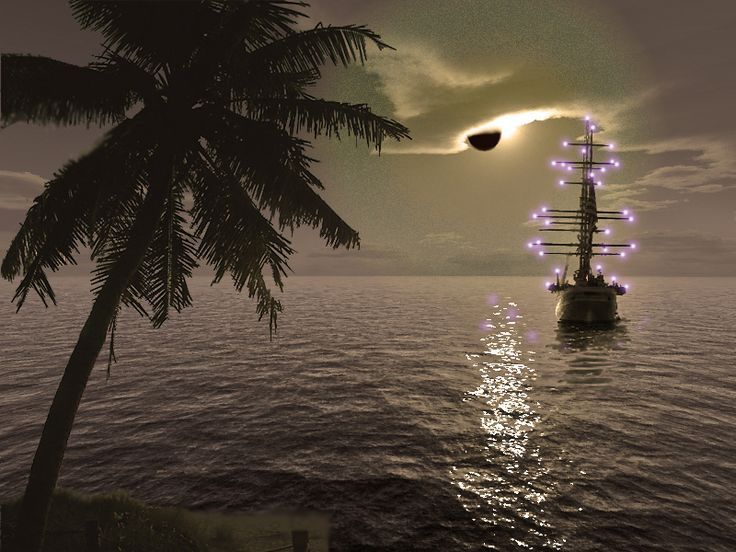Seen as a continuously glowing orb of blue or violet and often accompanied by a hissing sound, St. Elmo’s fire has been confused with both fire and lightning, when it’s truly a unique phenomenon. The eerie effect is produced by something known as a coronal discharge, a spark generated in an electrified field when there is a dramatic difference between the charge in the air and the charge of an object. Electrified fields can be produced by thunderstorms, and the perfect objects to launch St. Elmo’s fire are those that act like giant lightning rods: a church steeple, an airplane wing, and of course the mast of a ship.
Because ships in a storm are the perfect targets for St. Elmo’s fire, fascination and superstition around its appearance has been a documented part of sailing history since as early as the first century AD. There are historical accounts of notorious travelers such as Magellan, Julius Caesar, and Christopher Columbus experiencing St. Elmo’s fire on their journeys, and the appearance of St. Elmo’s fire was considered by sailors to be good omen that signified the ending of a terrible storm.
Whether you prefer the scientific explanation of St. Elmo’s fire, or the mythological description where it is described as a signal of protection from St. Erasmus, the patron saint of mediterranean sailors, it is truly a remarkable occurrence. Modern sailors describe it as spectacular, spooky, and even supernatural, and revel in the opportunity to witness the “dancing flames.”


Recent Comments